Studio: Lions Gate Films
Cast: Angela Bassett as Tanya Anderson, Keke Palmer as Akeelah Anderson, Laurence Fishburne as Dr. Joshua Larabee, Curtis Armstrong as Mr. Welch, Kahlil Ashanti as Postman, Brittany Curran as Pigtail Girl, Sahara Garey as Georgia, Lee Garlington as Regional Judge, Marjorie Harris as Head Judge, Erica Hubbard as Kiana Anderson, Julia Kelleher as Tall Speller, Jumper Lark as Young Reporter, Jeff Marlow as District Judge, Tzi Ma as Mr. Chiu, Julito McCullum as Terrence, Sean Michael as Dylan, Sara Niemietz as Polly, Lance Norling as Boy in Wheelchair, Dalia Phillips as Ms. Cross, Eddie Steeples as Derrick-T, J.R. Villarreal as Javier and Craig Wasson as Ted Saunders
Crew: Doug Atchison (writer and director); Mike Upton (line producer); Laurence Fishburne, Michael Romersa, Sidney Ganis, Nancy Hult and Daniel Llewelyn (producers); Marc Butan, Mark Cuban, Michael Paseornek, Helen Sugland and Todd Wagner (executive producers)
Synopsis:
A heart-warming, triumph-over adversity drama, AKEELAH AND THE BEE centers on a precocious eleven-year-old girl, Akeelah Anderson (Keke Palmer), from south Los Angeles, who is discovered to have a talent for words. In spite of the objections of her mother Wanda (Angela Bassett), Keke enters a spelling contest. Her gift takes her to compete in the National Spelling Bee, the most famous competition of its kind in the world. On the way, she is helped by a forthright, mysterious teacher, Dr. Larabee (Laurence Fishburne) and a cast of colorful characters from the community. Her journey evokes pride in the neighborhood, bringing them together and, in the end, all witness the courage and inspiration of one amazing little girl. A Lions Gate Films and 2929 Entertainment production, AKEELAH AND THE BEE was written and directed by Doug Atchison. The film’s producers are Sid Ganis, Nancy Hult Ganis, Danny Llewelyn, Michael Romersa and Laurence Fishburne; executive producers are Todd Wagner, Mark Cuban, Marc Butan and Helen Sugland.
SYNOPSIS 2
An inspirational drama, AKEELAH AND THE BEE is the story of Akeelah Anderson (Keke Palmer), a precocious eleven-year-old girl from south Los Angeles with a gift for words. Despite the objections of her mother Tanya (Angela Bassett), Akeelah enters various spelling contests, for which she is tutored by the forthright Dr. Larabee (Laurence Fishburne); her principal Mr. Welch (Curtis Armstrong) and the proud residents of her neighborhood. Akeelah’s aptitude earns her an opportunity to compete for a spot in the Scripps National Spelling Bee and in turn unites her neighborhood who witness the courage and inspiration of one amazing little girl. A Lionsgate, 2929 Productions and Starbucks Entertainment Presentation of an Out of the Blue Entertainment and Reactor Films Production in association with Cinema Gypsy Productions, Inc, AKEELAH AND THE BEE was written and directed by Doug Atchison.
Production Company: 2929 Productions / Out of the Blue / Reactor Films
Release Dates: 2005
Genre: DRAMA / FAMILY
Other Info:
Film Fetish trivia:
Laurence Fishburne, who co-stars and produces Akeelah and the Bee, played Morpheus in the Matrix Trilogy.
PRODUCTION NOTES
One could say that the origins for this inspirational drama began as far back as 1994 when writer/director Doug Atchison found himself captivated by “The National Spelling Bee” on ESPN. While watching a basketball game, he channel-surfed during a commercial break and came upon the spelling bee airing live on the sports network. He became rapt and even caught himself trying to spell the words and rooting for the kids.
Atchison noticed that most of the contestants seemed to come from privileged backgrounds whose families had the resources to allow their kids to pursue this unusual activity. Says Atchison, “It struck me that there was a story to tell about a child who had the natural ability for this kind of activity but who didn’t have access to the resources or coaching to pursue it as these other kids had.” It was then that he decided to write a screenplay.
Time passed and Atchison worked on other projects. But he could never quite shake the story of a kid, named Akeelah, from the back of his head. Every year he would watch the spelling bee and get the impulse to develop her story further. “I would watch and think about her. I would start telling my friends and my family the story about this little girl and the spelling bee. But I never wrote it.” In fact, he kept thinking of reasons why he shouldn’t, even questioning whether he was the right person to do it.
When someone pointed out to him that he was afraid to write it, Atchison had a revelation. He realized that this fear was exactly the same as that of his protagonist. “Akeelah’s afraid to participate in the spelling bee because she doesn’t think it’s for her. Then as I found my way into the story, rather than looking at her as somebody who was other than me, I found myself. I was then able to write the story in about a month.”
In 2000, Atchison submitted his script, entitled “Akeelah and the Bee,” to The Nicholl Fellowship, a writing competition sponsored by the Academy of Motion Picture Arts and Sciences. Of the forty five hundred scripts submitted, his was one of the five winners. Sitting in the audience for the award presentations was producer Sid Ganis. “I remember thinking, ‘wow, that’s a great story,'” says Ganis, “An eleven-year-old, African-American kid striving to get to a gigantic contest. When I read the script, I discovered it was poignant and had a solid amount of “movie anxiety.” It was the kind of story — about hope and doing great things against all the odds — which I, as a producer, wanted to tell for a long time. ”
Sid’s wife, producer Nancy Hult Ganis, who has had a lifelong interest and passion for the issues surrounding public education, recognized the opportunity to address these issues in a way that could touch people. When her husband gave her Atchison’s script to read, she said “We have to make this film!” Getting it to the screen became their personal mission. However they found many potential investors to be unaware of spelling bees. Fortunately, a critically acclaimed documentary called “Spellbound” garnered a lot of attention. “‘Spellbound’ helped us in some way,” says Hult Ganis. “It helped people understand that spelling bees could be very exciting but really, it’s much more than that. It’s about confronting our fears and overcoming obstacles on the way to achieving our goals.” Lionsgate agreed and came on board as did Mark Cuban and Todd Wagner’s 2929 Entertainment and Starbucks Entertainment.
For Lionsgate’s President of Production Michael Paseornek, there was only one person who could make this movie and that was writer Atchison. “He lived with the story for years before he wrote the script. It was in his heart and in his mind. Doug could have sold the script a hundred times, but we were all intent for him to direct it.”
It was very important to Atchison that Akeelah and Dr. Larabee be portrayed as he wrote them. “Akeelah,” says Atchison, “because of where she comes from, has a sense that nothing good comes from her neighborhood. That’s what she’s been told. She asks, ‘how good am I?’ The fact Larabee comes from where she does, and has had the success that he’s had, empowers her to get to the place where she thinks she can accomplish this task. That was important to me.”
Of course, what everybody knew is that the movie would never work unless they found the perfect person to play that little girl. Atchison knew he had written a part that would be enormously difficult to play. Their actor of choice would have to portray a girl who was smart and yet cover a full emotional range. They saw about three hundred girls during casting sessions in Los Angeles, New York and Atlanta and, although not prone to making snap decisions, Atchison knew he found had his Akeelah when an eleven-year-old actress named Keke Palmer walked in the door.
During her audition, Palmer read part of a speech that appears in the movie. “Keke was very special. She was the only kid that moved her eyes back and forth as if she was actually reading something that was on the wall,” says Atchison. “It was powerful to watch. I was not looking for a kid to whom I could dictate a part. I wanted somebody who understood Akeelah and with whom I could have a collaborative relationship, who, as an actor, would make this character her own. Keke displayed all those qualities.”
For her part, Keke understood how close Atchison was to the material. She recognized biographical elements to the story that, on the surface, may seem far removed from his own character but really are the same. “As a director, Doug was completely capable of guiding me,” says Palmer, “and helping me realize the character I needed to be.”
The producers got to witness this special relationship firsthand. “They connected right off the bat,” said Hult Ganis. “It’s been a real wonderful relationship to watch and see evolve, their banter back and forth, etc. He’s almost a father figure type.”
Ganis had this to say about Keke: “We put a little demonstration tape together to show Lionsgate and 2929 that we found our lead actress. They saw it and agreed, ‘you found our star!'” Actor Sean Michael, who plays Akeelah’s arch-rival Dylan, has huge admiration for his co-star and they shared a lot of behind-the-scenes laughs when not competing against each other in the movie. "She’s always there, you know, a big personality on set and it’s funny just to watch her put a smile on everybody else’s face.” Actor Julito McCullum, who plays her older brother Terrence agrees: “She’s a wonderful actress and she’s really going to go far. She got nominated for a S.A.G. award for “The Wool Cap,” which we also shot together. So we had a relationship before, like a real brother and sister.”
Atchison was ecstatic when Fishburne came on board to play Dr. Larabee, especially since he feels the audience will get to see a side of the actor they haven’t seen before. “Larabee is vulnerable and we discover a very sensitive guy. Laurence plays that extremely well. Yet, he brings to the screen a quiet moral authority that this character has and, working with him, I’ve learned that he can just sort of be there and do very small things and communicate a lot to the camera and to the audience.” Producer Michael Romersa adds, “He liked the project so much that he was willing to come onboard at an affordable rate for us. He’s an incredibly strong actor and has an incredible presence.”
Fishburne’s response to the script was immediate. It played on themes that he took to heart. “I read the script and I was really moved by it. The heart of the story is the relationship between Akeelah and Dr. Larabee. But also important is the story about community. This young girl doesn’t think too highly of the place she comes from. Then she begins to learn through her experience that, in fact, she does come from a very tight-knit supportive and concerned community. People do care, love and support her.”
Angela Basset joined the production soon afterwards to play Akeelah’s mother, Tanya. Of course, the re-teaming of Fishburne and Bassett got everybody excited because it evoked memories of “What’s Love Got To Do With It,” the Tina Turner biopic. Hult Ganis says, “They have a history together that helps this film because people know them already and therefore have certain expectations. Ours is a small movie in terms of the budget but big in terms of what it wants to do in its heart. So, it’s not usual to get actors of that stature and caliber to be in a film like this.”
For Bassett, it was a wonderful story to tell, the perfect vehicle for her and Fishburne to re-unite on and remind everyone of their amazing on-screen chemistry. “We just talk to each other and we trust each other,” says Bassett. “I think that’s the main thing – it’s safe to fall and dive. We don’t really chat a lot about what we’re doing. We just really go with it, feed off and listen to each other, look into the other sides.”
Atchison concedes that Bassett brings things to her character that he could never have written or thought. “Angela made Tanya a real person,” says the writer/director, “because she understood the thought process of the character, a mother who wants the best for her daughter but is afraid that the dream will fail and make things worse. Angela embraced those facets of the character and gives a very powerful performance.”
The team was also thrilled when Curtis Armstrong, who plays Mr. Welch, joined the cast, coming onboard directly off a strong performance in “Ray.” “Curtis is a character actor with a huge resume,” says Atchison, “who was the perfect choice for the school principal. Welch is very excitable and provides a lot of the comic relief in our story. Curtis is hilarious in this part.”
The production is smaller than most and, by studio standards, considered a lower budget movie. This meant that every one of the thirty-one days of production was a race against the clock. Planning was crucial and execution had to be efficient. In addition, because the star of the movie is eleven years old, the production closely adhered to child labor laws no matter how restrictive they seemed. Ganis explains, “We shot a ten-hour day and most movies shoot a twelve-hour day. Three of our hours are consumed by Keke’s schooling, which she must have every single day. She’s in every scene. I honestly don’t know how we figured it out, but we did.”
The schedule restrictions forced the writer/director into consistent pressures that can seem quite surreal, so preparation was crucial. “I storyboarded the scenes,” said Atchsion. “David Mullen, our Director of Photography, and I talked about it a lot beforehand. We came in every day knowing the enormous number of shots we needed and the performances I wanted.” Still, the challenges were immense. “The last hour of every single day was me trying to get a scene done with teachers and producers watching the clock. I’ve got parents of the kids around me. I’ve got actors around me. There we were scurrying around trying to get a scene lit.”
The story takes place in South Los Angeles which is where a lot of the film was shot. For Bassett, it was important to film here and represent the community, “Can anything good come out of South Central? Yes, of course. Something good can come out of anywhere. A flower can come out of a crack on the sidewalk. That’s just what Akeelah is. Her beauty, talent and fearlessness combine to conquer that hesitation in herself and make the entire neighborhood proud of her. Each success for her is a success for them.”
Atchison was able to film at a number of locations where he always dreamed of shooting one day. “For the district bee, we shot at USC where I went to school,” says Atchison. “As a film student, I was never able to shoot in the Bovard Auditorium. So, it was extremely fulfilling to return as an alumnus and work there. We also shot at the Hollywood Palladium, which served as our Washington Hyatt Grand Ballroom for the National Spelling Bee finale, and at Venice High School, where they made “Grease,” for the District Bee.”
George Hornedo, who plays bee contestant Roman in the movie and is actually a real-life spelling bee kid, was brought in as an unofficial technical consultant to help add authenticity to the film, especially the contests. Ironically, he was also busy competing in spelling bees at the time of shooting. “While on set,” says producer Danny Llewelyn, “George was reviewing words with his paideia, which is the bible for spelling bee kids. He was reviewing all these amazing words that I’d never heard of let alone imagine spelling.”
It was important that the recreation of the spelling bee competitions be authentic. The real bee kids have certain habits and idiosyncrasies they do on stage to help them spell and those quirks had to be authentic. Having Hornedo appear in these scenes made it more natural. “He’s been in front of the spotlight,” says Llewelyn, “and the idea was, originally, if we could bring a kid who had some acting chops—which George does have—then we would definitely go for it.’ Palmer concurs, “I really admire the kids who do this. George is really nice and I respect him a lot. It’s hard to do school work and all these other things and then go home and practice for the spelling bees.”
Paige Kimball, director of the Scripps National Spelling Bee, became involved as a consultant when Atchison contacted her for advice on the authenticity of his script. Her first impression was “Wow!” She was impressed with his attention to detail and how inspirational it was. Then, on visits to the set, she became even more excited. “I was amazed at not only at how precise it was in its recreation,” Kimball says, “but also how authentic the individuals and the casting for the event was. It was phenomenal. The spellers looked like the real spellers. The judges looked like the real judges. It was very exciting.”
With such an incredible film, Lionsgate was looking for innovative ways to get audiences to sit up and take notice. Simultaneously, Starbucks Entertainment was looking was for the first film to introduce to their customers and had the opportunity to screen the film. “When we saw “Akeelah and the Bee” we immediately realized that it was a perfect choice for our first film selection. The film’s inspirational message about a community coming together to support one of its own aligns directly with Starbucks values,” said Ken Lombard, president, Starbucks Entertainment. “Doug is a talented writer and director and the cast is exceptional. We’re excited to give our millions of customers the opportunity to discover this film – we know they are going to love it.”
Sid Ganis feels that audiences can look forward to an inspiring tale that’s full of excitement. “I call it a sports movie, one that’s full of emotion. People will cry. You root for the spellers because they’re kids so you’ll have the visceral feeling of rooting for the movie as well.”
In the end, Atchison set out to make a moving story that will have audiences cheering for the special little girl at the center of it all. “When I was ten years old, I saw “Rocky” for the first time and anybody from my era would tell you that this type of movie triggered everything for them. I didn’t know anything about boxing when I was that age. But I knew what this guy was going through and I had his back. There’s a lot of that in this story. The idea of not being afraid of that thing you do the best, not permitting circumstance to confine you but to find your voice and your talent. Own it and to be proud of it and do it. It’s not a story about learning how to spell but about a kid who learns what she’s good at, becomes proud of that and doesn’t want to hide it anymore. It’s overcoming the fear of being great, before you can be great.”

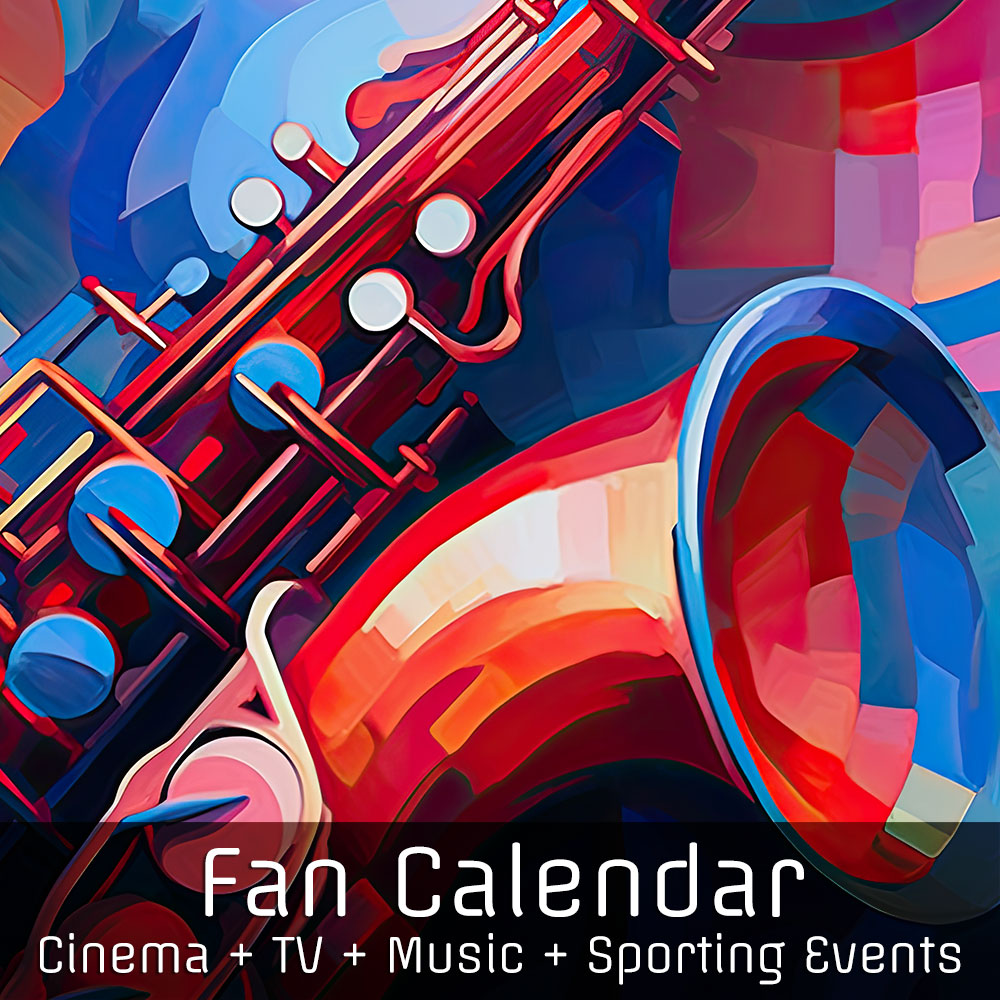





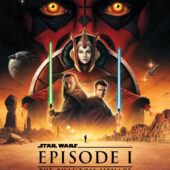
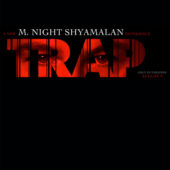







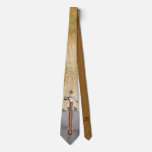




![Globe Burlesque Theatre Atlantic City Photo (September 1958) [220417-8]](https://www.filmfetish.com/img/p/2022/10/220417-8-atlantic-city-boardwalk-11x85-web-170x170.jpg)
![United Artists ABC Great States Theatre (1970) Diary of a Mad Housewife Marquee Photo [210907-2]](https://www.filmfetish.com/img/p/2022/11/210907-2-chicago-theater-11x85-web-170x170.jpg)
![Original The Walking Dead Cast Lauren Cohan, Steven Yeun and Laurie Holden at 2011 Press Event Photo [221114-15]](https://www.filmfetish.com/img/p/2022/11/221114-15-11x85-web-170x170.jpg)
![Julie Strain Topless Photo [220417-10]](https://www.filmfetish.com/img/p/2022/10/220417-10-julie-strain-13x19-web-170x170.jpg)







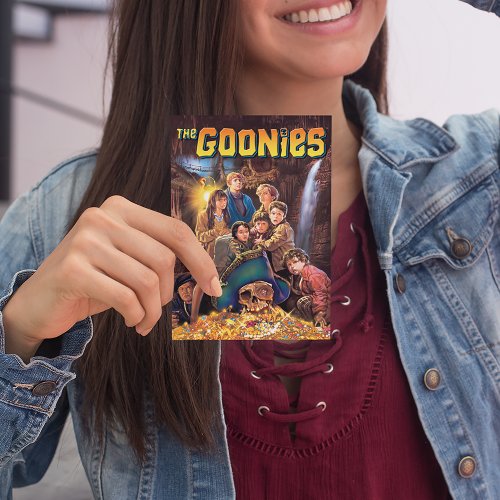
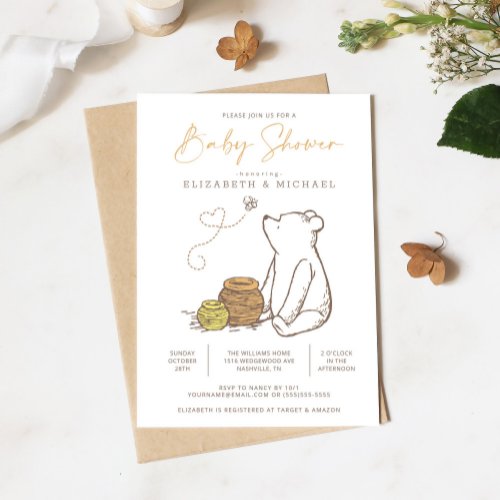
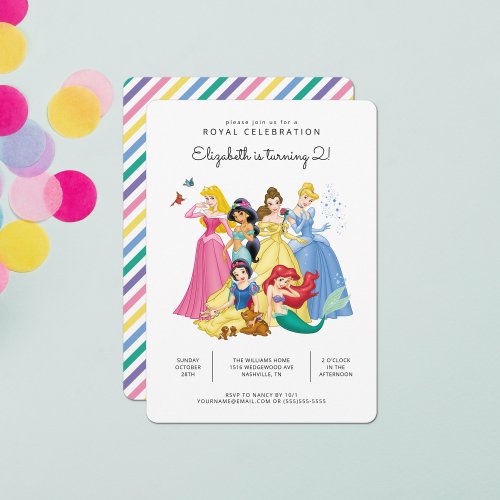
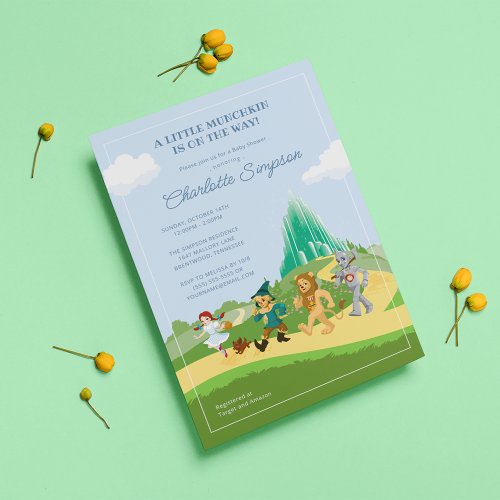
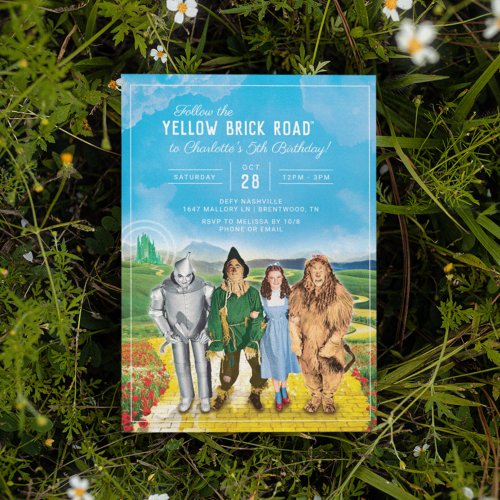
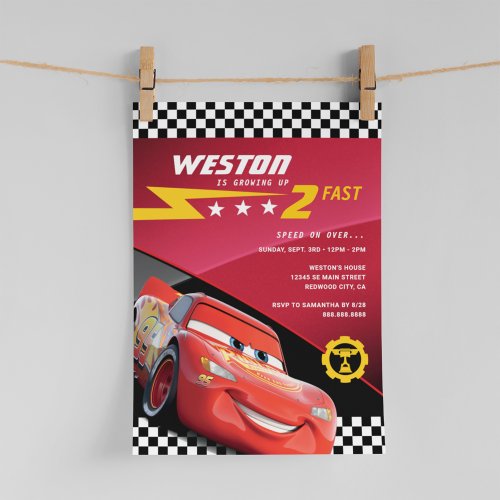


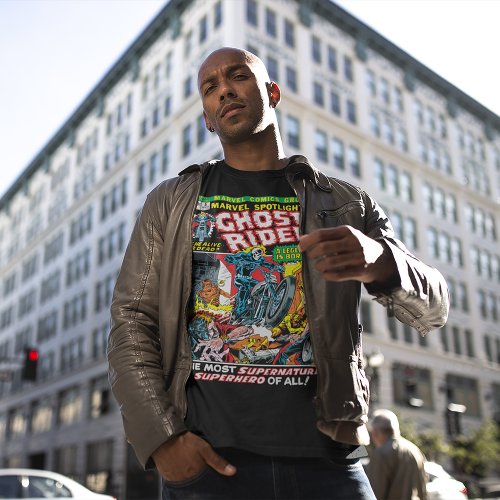


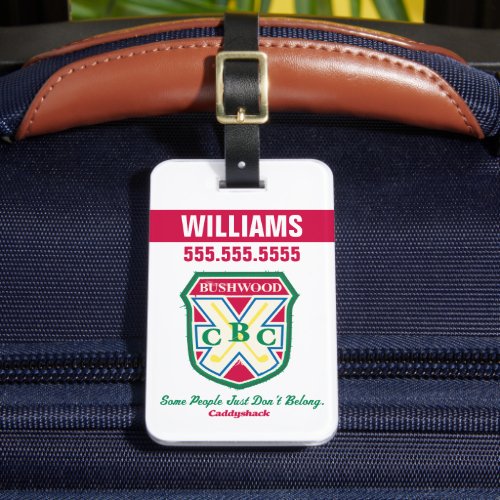
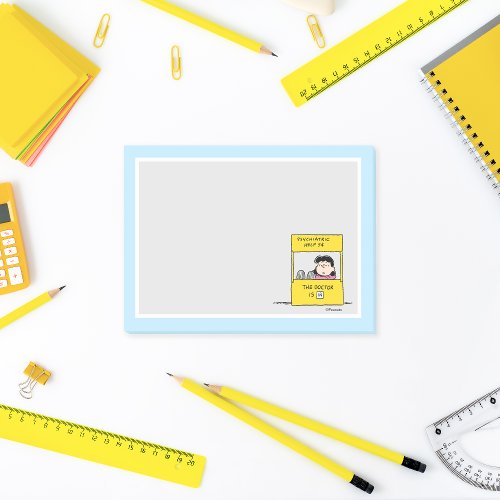
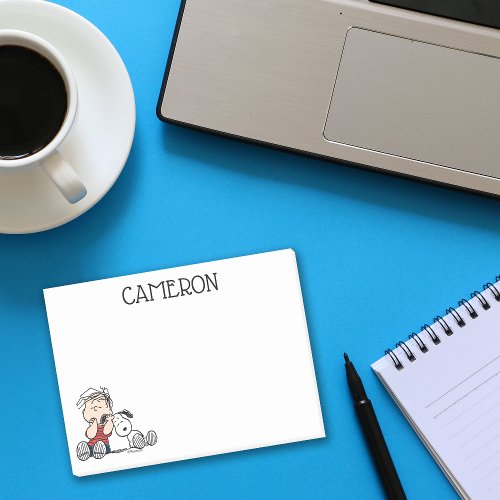
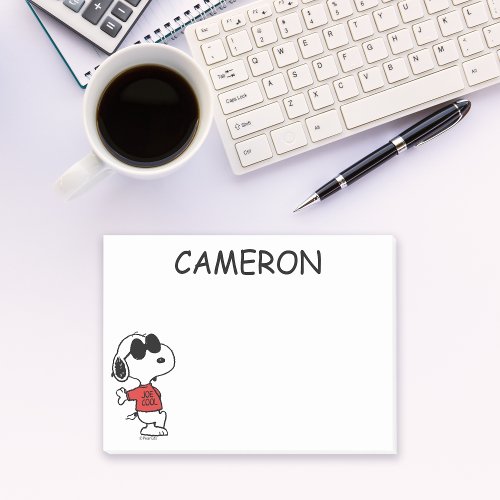
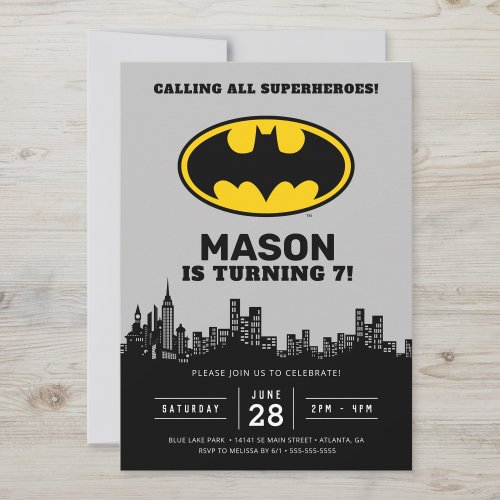
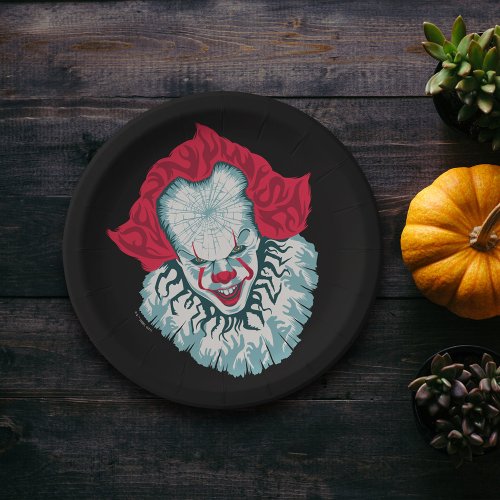
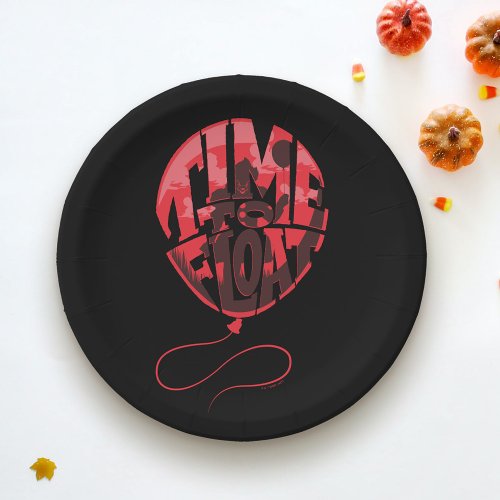
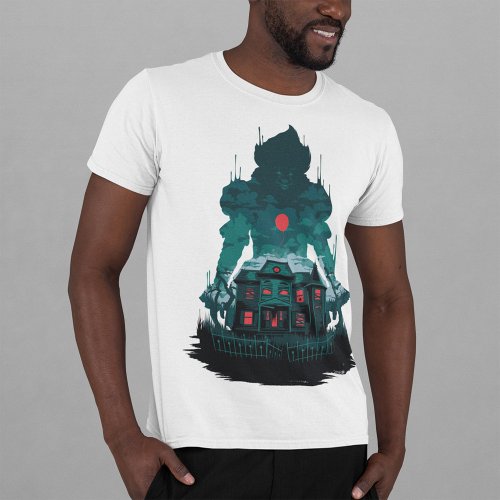
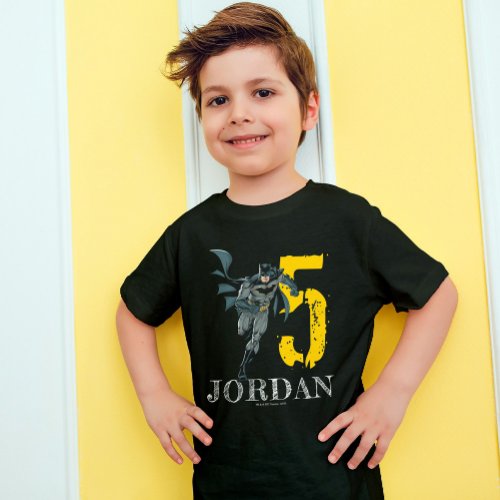
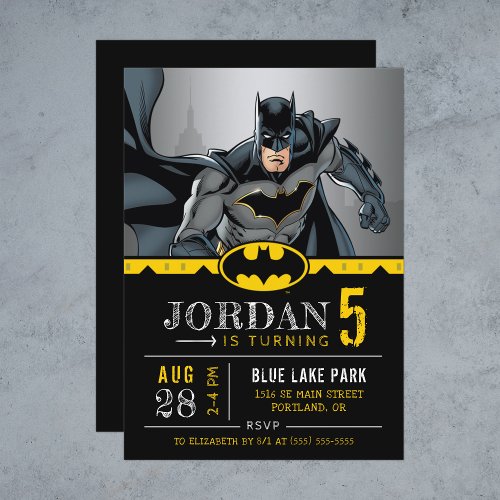
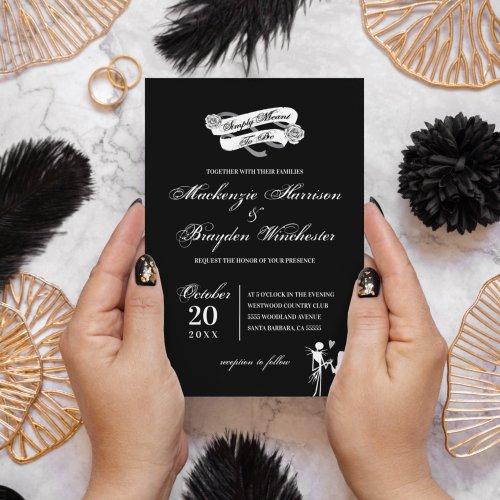

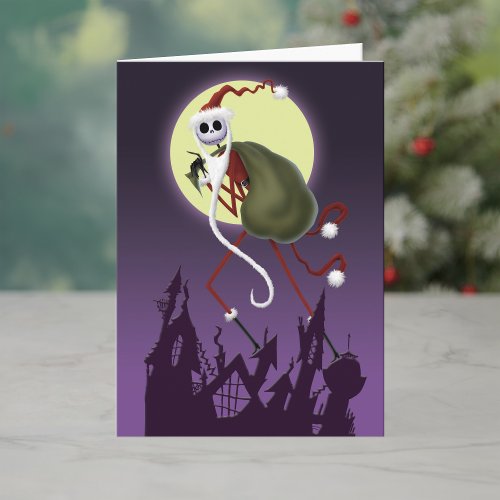
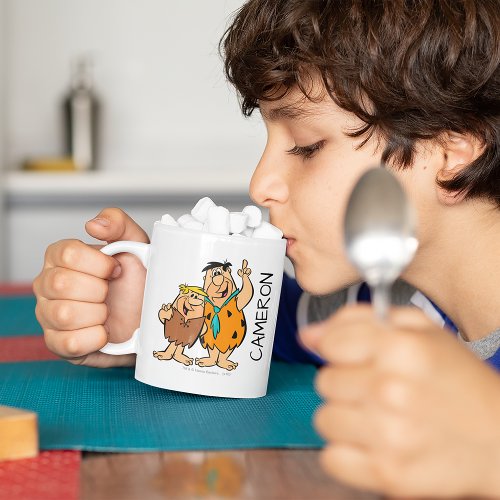
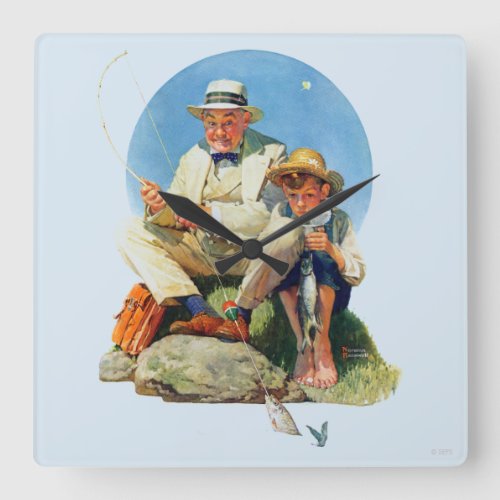
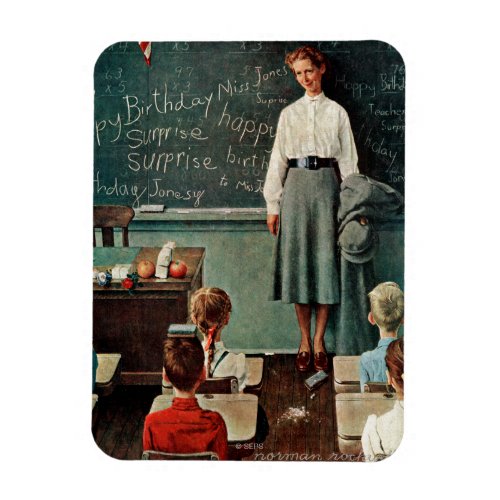
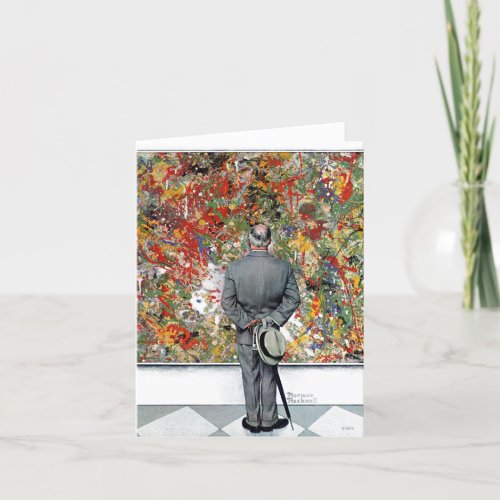
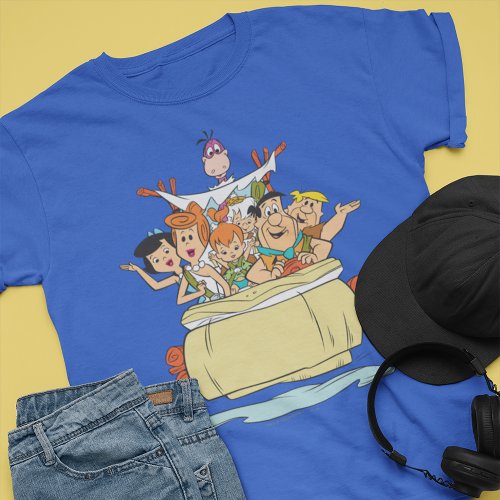



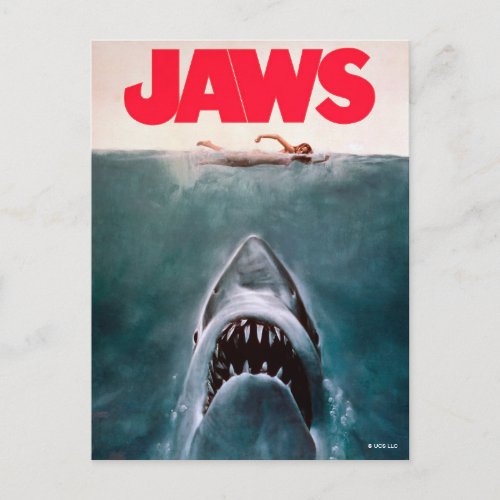

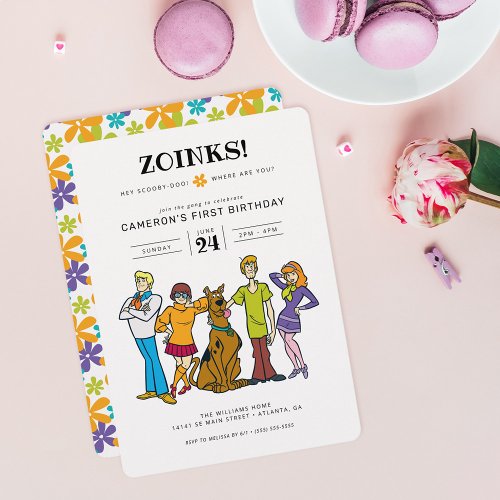
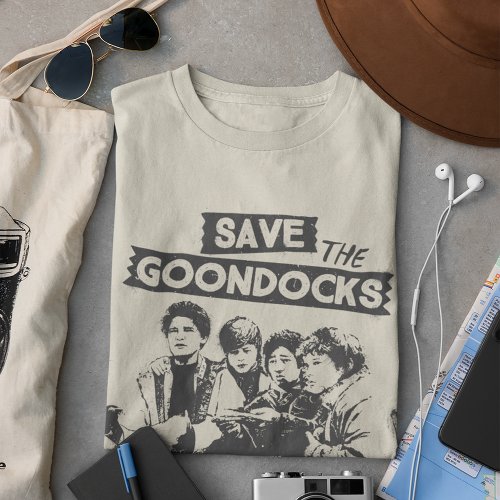
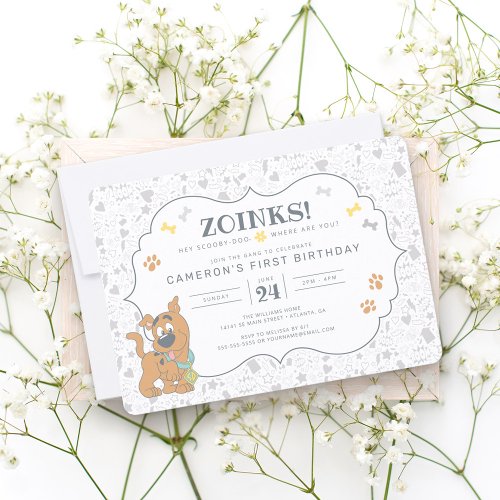
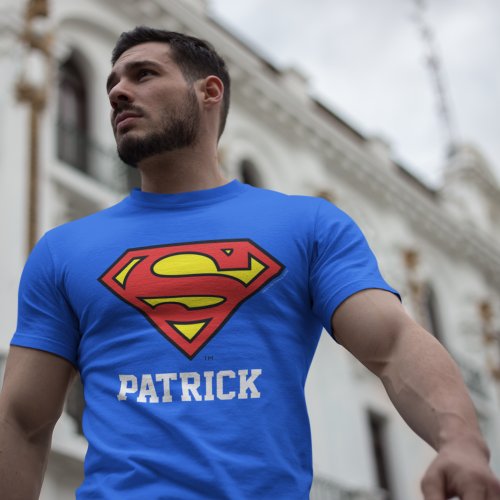

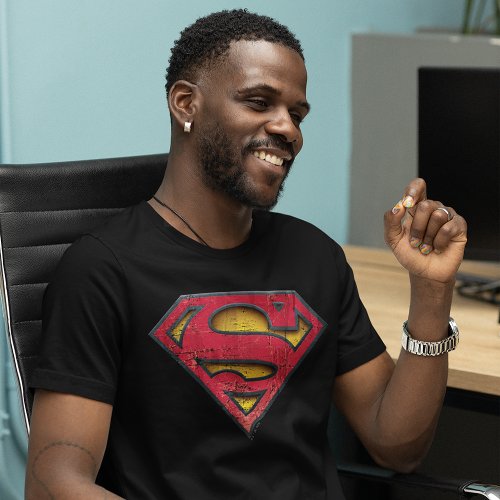
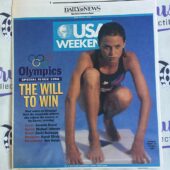


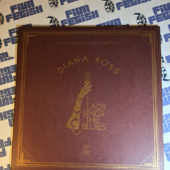
![Set of 2 The Blue Veil (1951) Movie Press Publicity Photos, Jane Wyman, Charles Laughton [L69]](https://www.filmfetish.com/img/p/2023/02/P1480784--170x170.jpg)
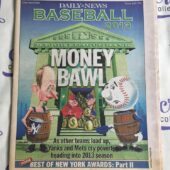
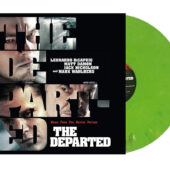
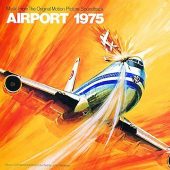
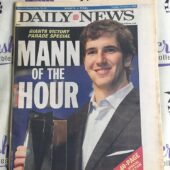
![Vittorio Gassman Original 8×10 inch MGM Press Publicity Photo [G43]](https://www.filmfetish.com/img/p/2021/06/vittorio-gassman-g43-01-170x170.jpg)